What could possibly go wrong, are the most common famous last words a homeowner can utter right before doing a home renovation. This project is not for the faint of heart, especially a large renovation. Hopefully, you will find a good contractor like McDonough Construction, who can take care of the heavy lifting for you. However, even if you set yourself up for success you can still have a fair amount of disasters ahead of you. You don’t really know what is behind your walls until you open them up.
The best way to minimize the shock factor is to educate yourself about the possible risks. So let’s dive into the 7 most common worst case scenarios when doing a home renovation.
Flooding & Electrical Issues
If you are walking into a fixer upper that has been vacant for several years and was built in the 1950’s you can almost guarantee that there will be some water damage and/or flooding and electrical issues. So when you contractor tells you about these issues you can’t really act surprised.
However, if you are just looking to save some money and do some remodeling yourself, be careful of your water pipes and electric. The last thing you want to do is drill a hole in the wall and accidentally damage a water pipe and within a few hours, your entire house is an indoor swimming pool.
Creepy Crawlies
Nothing starts the day off right than bashing into your wall to create the open concept you have been dreaming of only to find out that you have destroyed the home of a family of roaches. Now, of course, that is the worst case scenario. However, you should be cautious crawling around in your attic because you could come into contact with some unwelcomed visitors like, spider, snakes, wasps, roaches, raccoons, bats, squirrels, and much more.
Mold Infestation
Skipping steps during a renovation is sure to cause major problems down the line. One of the most commonly overlooked aspects of a home renovation is proper ventilation. Most bathrooms have so little ventilation that thy become labs to grow mold and mildew. So anytime you remodel a kitchen or bathroom, make sure you’re installing enough fans to suck out all the moisture- ridden air.
Asbestos & Lead
You are probably aware of your home’s lead or asbestos risk. When buying a home that was built before 1978 you have to sign a lead paint disclosure. This basically states that you are aware that lead paint could be in your house. Inhaling or swallowing even small amounts of lead or asbestos is extremely dangerous. Any time you remove walls or ceilings or do major work on floors, you run the risk of encountering both. Wearing a mask during small renovation projects will help protect you. For bigger jobs, like taking down a wall, contact an indoor environmental expert who can take samples. If asbestos or lead are present, plan to hire a professional for demo.
Foundation Damage
The two words that make homeowners everywhere shake in their boots. The last thing any homeowner wants to hear from their contractor is that their house has foundation problems because this is definitely one of the more costly issues to fix.
Did you know that constant shaking and hammering from power tools can create new fissures and other problems inside your walls? You might spot water leaks or even cracked sheetrock. If possible, peek inside your walls after you drill for any new problems and repair them immediately.
Hearing Damage
Construction is loud. The noise of constant saws, hammers, and power tools can wreck your ears. Noise damage is cumulative and presents with delayed reaction and the longer someone is exposed, the higher the risk.
Exposure to High- VOC Materials
Wearing a face mask can help keep you from inhaling fumes when painting, but their damage lasts long after the color is applied. Volatile organic compounds, VOC, are chemical-emitting gases found in a number of renovation materials, including many paints, carpeting, or upholstering.

